Taiwan has gotten a lot of well-deserved attention for its COVID-19 response, but the seeds of its success were sown long before the pandemic outbreak. What the U.S. needs to develop now is not just “herd immunity” but what Taiwan’s Minister Audrey Tang calls “nerd immunity.” This piece is part of the Taiwan-U.S. Quarterly Analysis series, which features the original writings of experts from the United States and Taiwan, with the goal of providing a range of perspectives on developments relating to Taiwan.
As the world continues to struggle with managing the myriad challenges of the COVID-19 pandemic — public health, economic, socio-political — Taiwan’s response has stood out as a model of excellence. Contributing factors well-covered in the media include an early and forceful response and the integration of tech tools with new rules and procedures. But while Taiwan’s policy decision making process since January 2020 is a commendable feature of its response, the roots of its success in implementing those decisions were in the making for years.
Taiwan was suffering from extremely low public trust in government when President Tsai Ing-Wen came to power in 2016, due to complaints manifested in the Sunflower Movement opposing the Ma Ying-jeou administration’s more opaque approach to managing cross-Strait relations. The movement’s occupation of the Legislative Yuan for more than three weeks in 2014 and its success in pausing the cross-Strait trade services agreement buoyed Tsai’s electoral victory in 2016 and gave new energy to citizen participation in politics, including the formation of new political parties.
However, that election was no panacea: Increased citizen participation did not lead to a bipartisan reconciliation between the two major parties, nor did a change in political power ease cross-Strait tensions. In fact, quite the opposite — identities hardened on both partisan extremes (although the number of non-partisan moderates grew) and cross-Strait exchanges were increasingly shut down as Beijing sought to, in its view, deter Tsai’s Democratic Progressive Party (DPP) from taking further steps toward de jure independence.
The thrust of disinformation campaigns — which Taiwan analysts and others attributed to mainland China’s malign activities — further targeted public trust in government, generally, and in President Tsai, personally. During the 2018 local elections, Tsai was accused of fabricating her academic credentials, and photos featuring her campaign activities were doctored to insinuate, for example, callousness in the face of natural disasters.
Is any of this sounding familiar to U.S. readers yet?
Although problems of tone and accuracy in public discourse are shared across many democracies and open societies, Taiwan views eroding public trust as an extension of its main existential threat — absorption or hostile takeover by Beijing. Because the threat of public distrust is so salient, Taiwan has taken drastic but extremely innovative measures to address disinformation and to expose its constituencies to the sometimes difficult realities of policy decision making at all levels of government. The cycle of trust and transparency built through these measures very likely contributed to compliance with COVID-19 protocols and eased anxieties about personal protective equipment availability. And the best part of Taiwan’s experience is that it can be replicated elsewhere, including in the United States.
In 2016, Tsai appointed the autodidactic and endlessly tech-savvy Audrey Tang as a minister without portfolio; she assumed the title of digital minister in 2018. Minister Tang took the position under some curious conditions for a high-ranking government official — she would have no access whatsoever to classified information and would insist on releasing a transcript of every conversation held in her official capacity. Furthermore, Minister Tang developed a practice of reserving an entire day each week for “open office” hours, in which anyone could bring a problem or issue related to governance to her attention.
The goal was to reduce the space between policymaking and citizen participation. The methods, including the ones above and others, were formed through the Taipei-based g0v (gov-zero) global movement, which seeks to “fork” the government. This isn’t a euphemism taken from scripts of the TV show “The Good Place” to sanitize a familiar four-letter word, but a process of taking government-issued information and making it more visually and contextually accessible to average citizens. So, for example, it might involve creating visually appealing and interactive tables and graphics for government budgets, in which one could see the proportion of various spending categories or click through to find the specifics of a spending program. The methodology involves creating a copy of “.gov” pages with a “.g0v” web address, releasing the revamped content and working toward integrating that content back into the .gov address, with much of this work being done by interested volunteers. In this way, forks in the path eventually re-merge to marry the accessible content back into standard channels.
A major aspect of transparent digital governance is to both find and build upon consensus. As tech researcher Carl Miller outlines in detail, citizen hackers of the g0v movement worked with local officials to build a platform — Pol.is — which aggregates consensus rather than emphasizing division. There is a gaming element to these interactions as citizens attempt to frame issues and phrase statements in a way that attracts the greatest consensus. Not only, as Miller points out, can these statements then be translated into effective domestic policy, but there is also a data trail justifying this policy direction and proving that detractors were indeed the outliers and not the mean. The loudness, or weight, of the argument is in consensus, not in invective.
Using technological tools and meeting people where they are “at” digitally also helped to reduce space between officials and citizens. Great efforts were made to stream all public forums and to include online participation; methods that Minister Tang found contextualized policymaking for locals, allowing citizens to listen in real time as officials went through the pros and cons of any specific decision. These interactions resulted in greater empathy for both public servants and between neighbors. It brought elements of conflict mediation into public discourse.
Another replicable aspect of Taiwan’s digital security push is its response to disinformation campaigns. Data-driven analysis from the Taiwan government’s partnerships with Line, Facebook, and the Internet Fact-Checking Network (IFCN) shows that counter-disinformation techniques have the greatest impact when they happen very quickly — within one hour of the disinformation going viral. After about five hours, there is almost no impact to responses, although the malign information can live online and recirculate for 18 months or more. But the features of public communication common to official statements are often lost in translation to the general public because of their formality or because of being buried in the signal-to-noise ratio of social media discourse.
Taiwan has a two-pronged solution for these challenges. First, it has embedded creative teams — graphic designers, comedy writers, etc. — inside government ministries to make memes challenging disinformation. Second, it has dedicated channels to report suspected disinformation directly to the relevant ministry, whose representatives are required to craft a response as soon as possible — ideally within 60 minutes, to meet the window of impact. In some cases, Taiwan has worked with citizen hackers and social media companies, like the very popular Line, to add fact-check-bots directly to their app or to further investigate fake pages and likes.
Another challenge of the social media world is that much of the disinformation is shared in closed groups like alumni associations or family networks. Bringing the response directly to where the interaction is happening — through in-program reporting and through potentially viral responses from the government — helps to bridge the gap between privacy protections and policy response.
Is any of this sounding good to U.S. readers yet?
Of course, no strategy to build trust in government can paper over real governance problems, like the disorganization and competing priorities evident in the U.S. response to the COVID-19 crisis. Governments that do not fulfill their basic function to provide security and prosperity for citizens will not regain trust through clever jokes and hackathons. And no one, including the most dedicated Taiwan civil servants, has a clear remedy for how to address those who knowingly share disinformation because of the emotional satisfaction that the story provided, even if they suspect the content is false. More work needs to be done on these fronts.
But it is possible that there is more to governance challenges than is immediately apparent, and that leaning into a radically transparent form of governing — one that embraces citizen participation, trusts its audience to parse or at least understand policy trade-offs, and meets constituencies in the platforms and communication styles of the digital era — can bring trust in U.S. government back from the abyss. And, as recent papers and articles have argued, restoring trust in the American model is one of the biggest policy challenges of the next generation.
None of these methods are particularly costly, especially when compared to the alternatives. Now is the time to familiarize ourselves with Taiwan’s digital governance success and adapt the methodology into what works for the U.S. system. Taiwan may not have fully eradicated social polarization, and it still faces growing pressure from Beijing, but its people are demonstrably safer and its government stands at the forefront of 21st-century opportunities and challenges as a result of its innovative policy choices.
Brookings is committed to quality, independence, and impact in all of its work. Activities supported by its donors reflect this commitment and the analysis and recommendations are solely determined by the scholar.
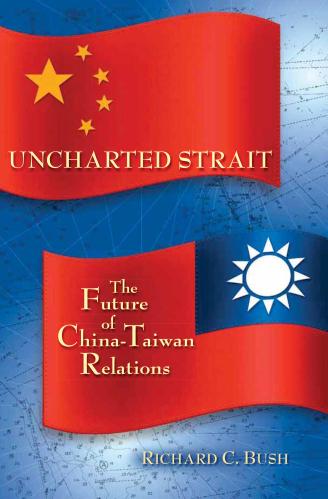
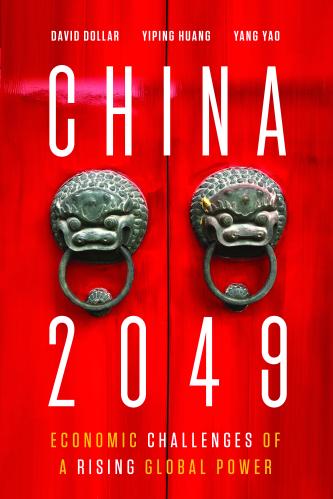
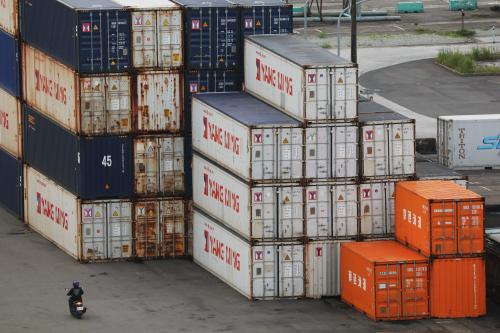
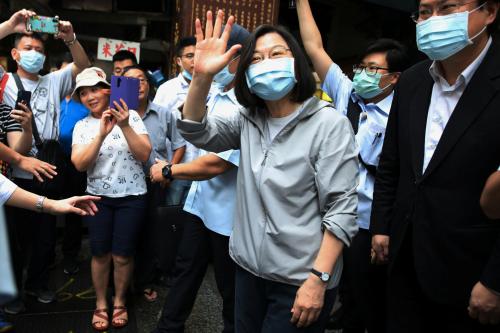
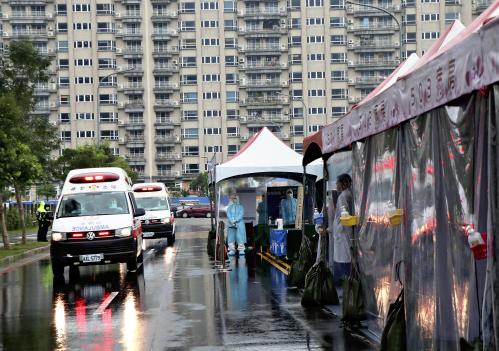



Commentary
Taiwan’s unlikely path to public trust provides lessons for the US
September 15, 2020